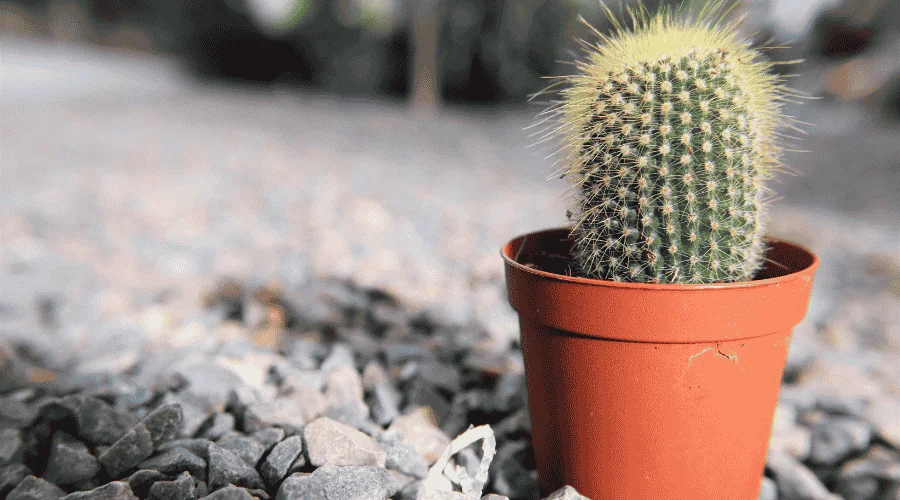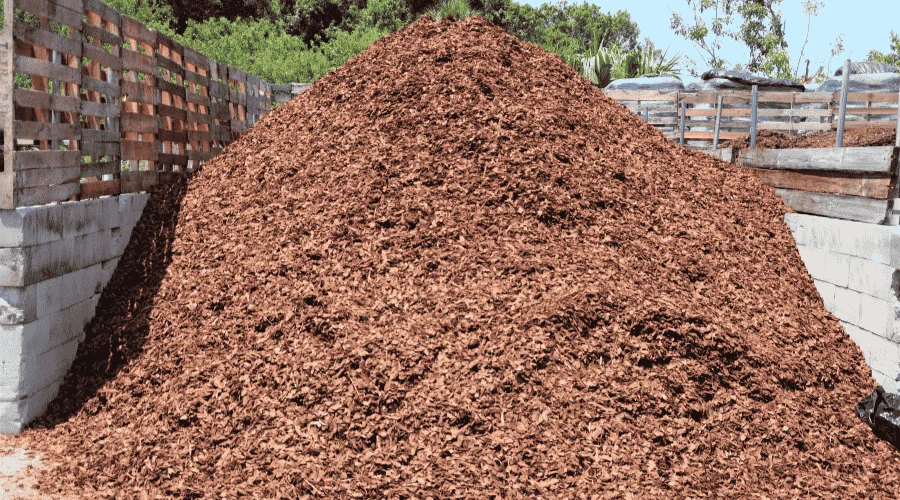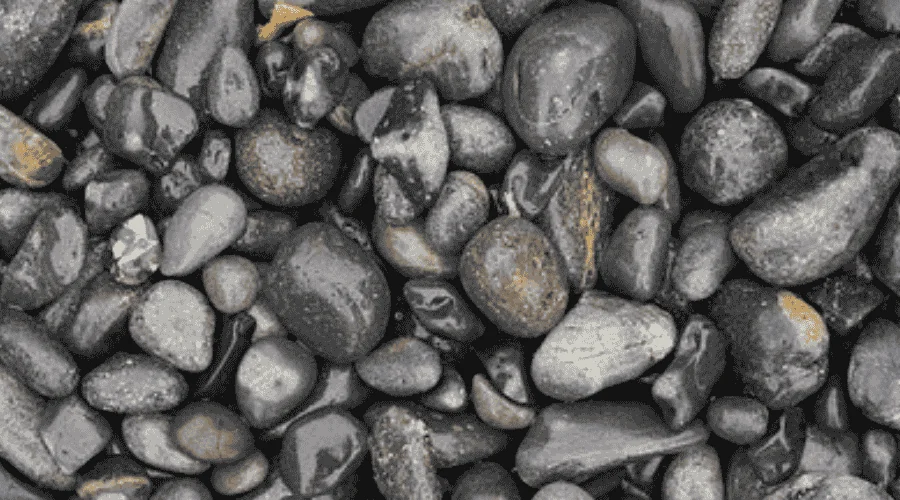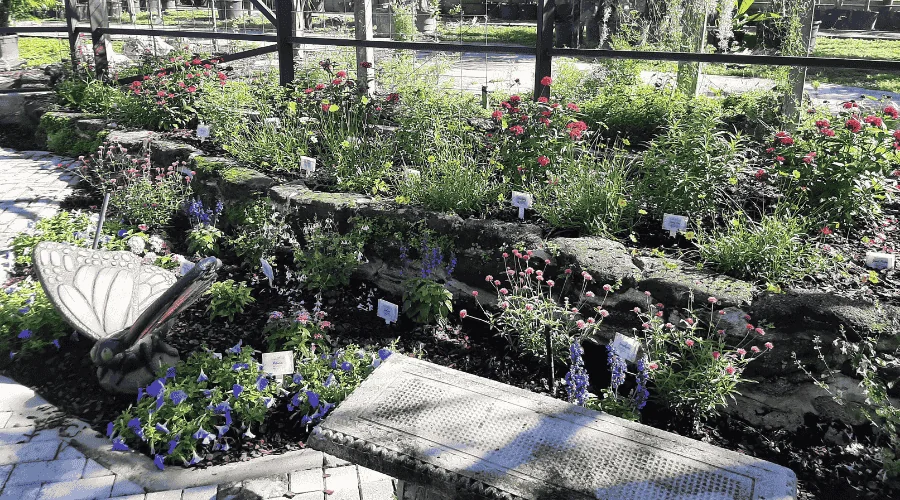By Amanda Rose Newton
In Central Florida, where summers are long and scorching, choosing the right ground cover for your garden isn’t just about looks—it’s about plant health, moisture retention, and maintenance. Whether you’re a fan of sleek decorative rock or the organic feel of mulch, both options can work beautifully in the landscape when applied thoughtfully. Here’s how to decide what’s best for your space—and how to make it work year-round.

Rocks: Low Maintenance, High Heat
Types of Rock
- River Rock: Smooth, round stones in neutral colors—great for pathways and modern designs.
- Crushed Granite: A more affordable option with a natural look. Be cautious around walkways—it can shift.
- Lava Rock: Lightweight and visually striking, but holds heat more than other stones.
- Pea Gravel: Small, rounded stones that are gentle underfoot and good for small beds or patios.
- Pros:
- Long-lasting—won’t decompose or need refreshing.
- Great for drainage and weed control (with landscape fabric).
- Offers a clean, tidy appearance, ideal for xeriscaping or minimalist styles.
- Cons:
- Heat hazard: Rocks absorb and reflect heat, which can overheat plant roots, especially in full sun.
- Can raise soil temperatures, stressing trees and shrubs in summer.
- Hard to move once installed, and can make adding new plants a challenge.
- Make It Work:
- Use rock away from heat-sensitive plants or trees with shallow roots
- Install a thick mulch ring around the base of trees and shrubs to insulate roots.
- Consider using rock in non-planted areas, such as around seating areas, fountains, or walkways, to create a natural look.

Mulch: Natural and Plant-Friendly
Types of Mulch
- Pine Bark Nuggets: Long-lasting and widely available in Florida.
- Pine Straw: A good option for acid-loving plants like azaleas or blueberries.
- Eucalyptus or Melaleuca Mulch: Florida-friendly, natural pest resistance, and sustainable.
- Dyed Mulch (red, black, brown): Offers bold color, but check the source—some use recycled wood or dye that can leach over time.
- Pros:
- Regulates soil temperature—shields roots from extreme heat.
- Helps retain moisture, essential during dry spells.
- Breaks down over time, improving soil quality.
- Gives your garden a soft, natural aesthetic.
- Cons:
- Needs to be refreshed every 6–12 months.
- Dyed mulch may contain treated lumber or non-organic dyes—look for natural, sustainably sourced options.
- Can attract pests if piled too high around stems or trunks.
- Make It Work:
- Apply mulch 2–3 inches deep, keeping it a few inches away from stems and trunks.
- Refresh faded mulch annually, or spot-mulch where needed.
- Choose natural or Florida-friendly mulches that feed your soil as they break down.

So… Which Should You Choose?
Choose rock if:
- You want a low-maintenance, clean look.
- The area receives little water or doesn’t support plant growth.
- You’re landscaping around hardscapes or structures.
Choose mulch if:
- You’re planting trees, shrubs, or perennials.
- You want to improve your soil over time.
- You’re working in hot, sunny areas where root protection is essential.
Garden Bug Pro Tips:
- If you love the look of rock but worry about the heat:
- Add shade-loving plants nearby to naturally cool the area.
- Install a buffer zone of mulch around sensitive plantings.
- Use light-colored rocks to reflect less heat.

Whether you’re after bold color contrast or natural woodland charm, the key is making sure your ground cover works with your plants—not against them. By understanding how each option functions in Florida’s unique climate, you can create a beautiful, sustainable garden that thrives through the seasons.


